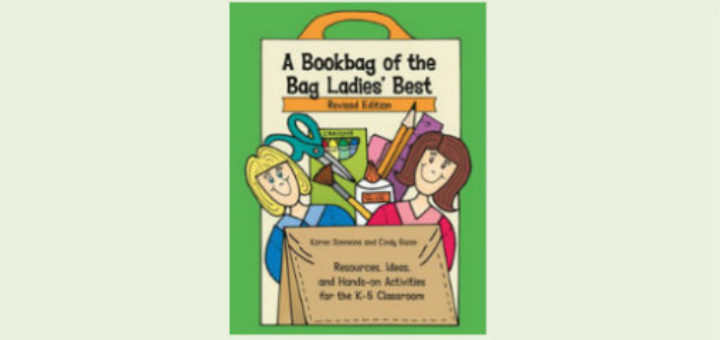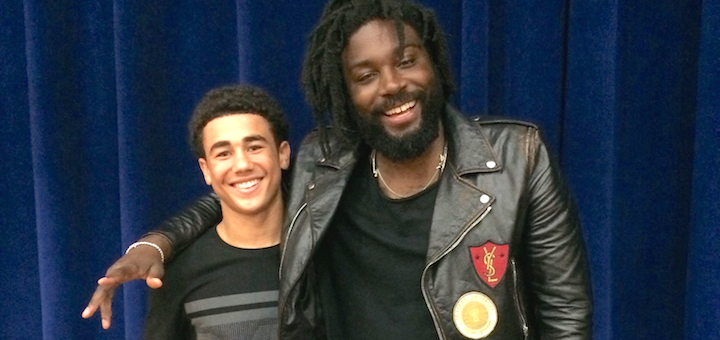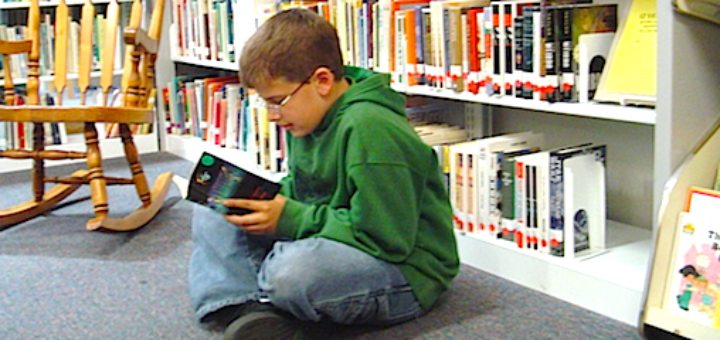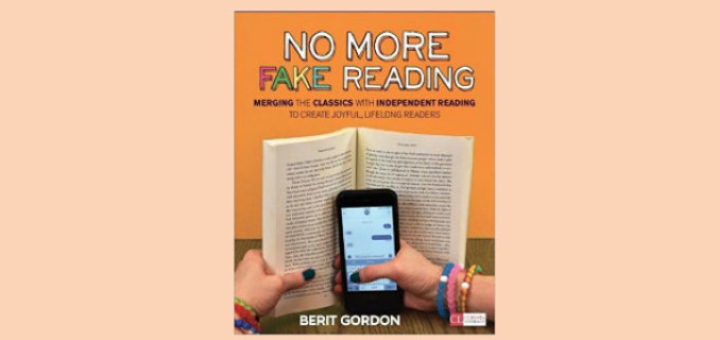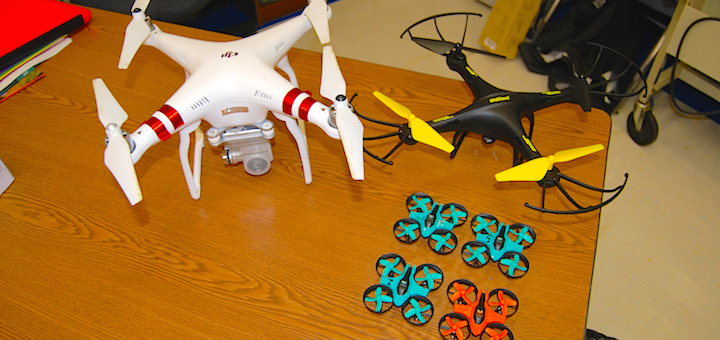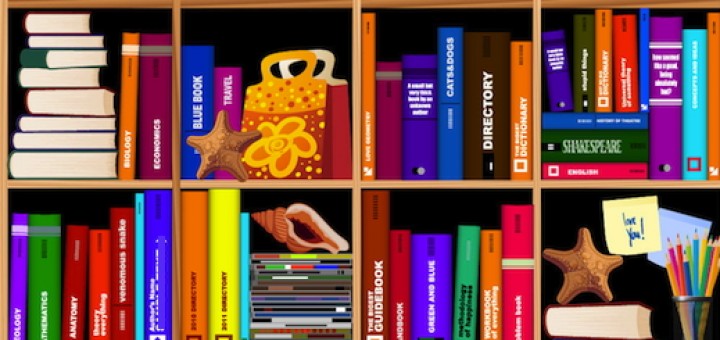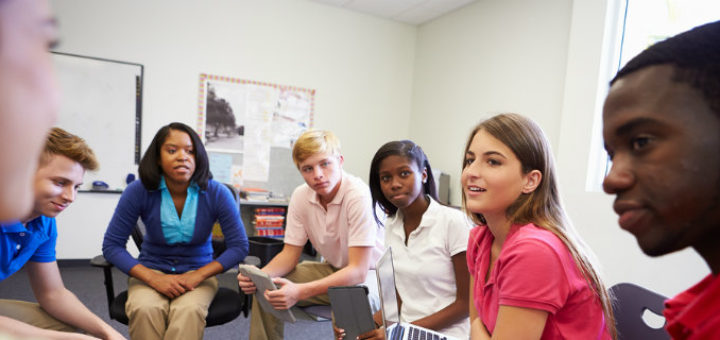Bag Ladies’ Best Ideas for Hands-On Learning
Photos, zipper baggie quilts, stick puppets, story time capsules and more – all add to the learning in Simmons and Guinn’s collection of hands-on activities for kids in K-5. Educator Elizabeth OBrien says activities can be easily adapted from one subject area to another.

